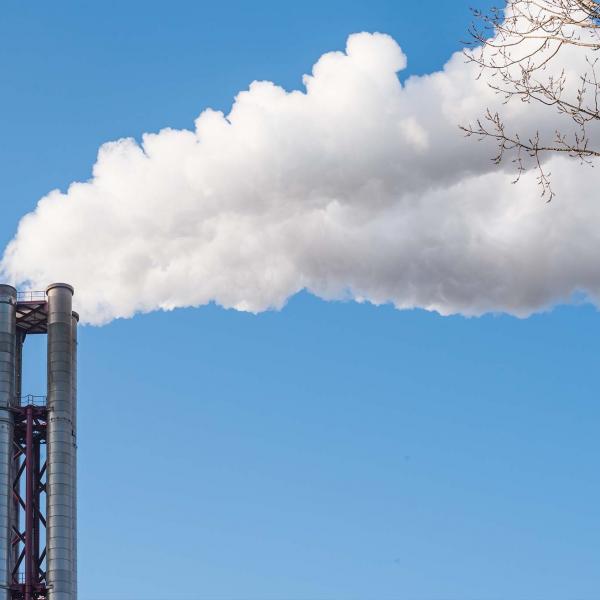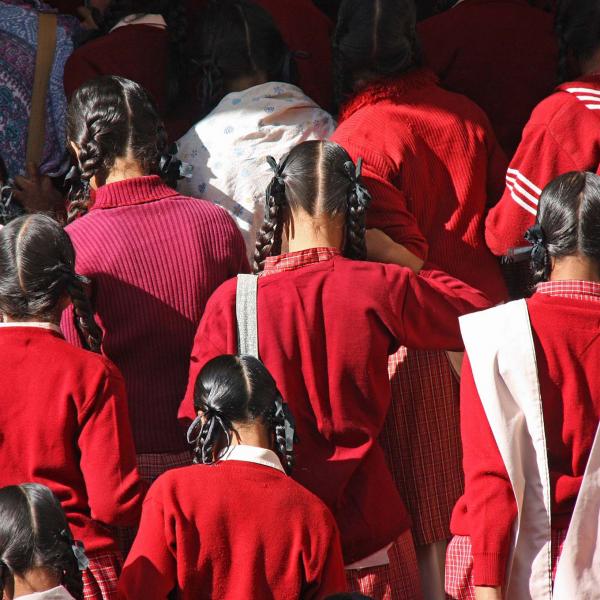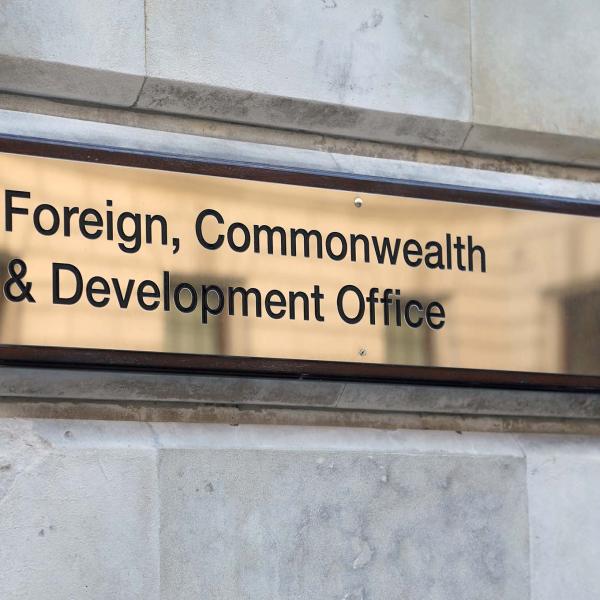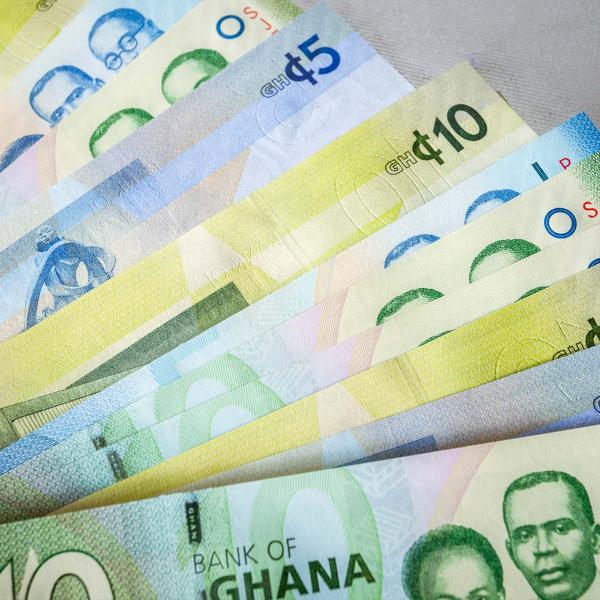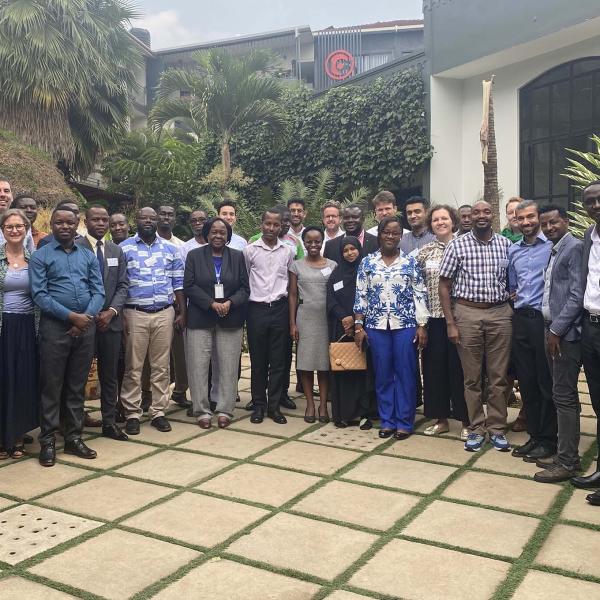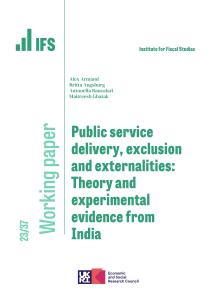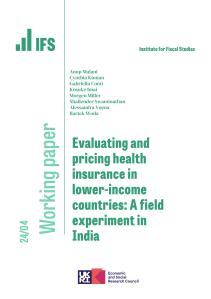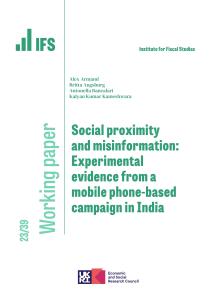This paper provides new evidence on the recent performance of piped water consumption subsidies in terms of pro-poor targeting for 10 low- and middle-income countries around the world. Our results suggest that in these countries, existing tariff structures fall well short of recovering the costs of service provision, and that, moreover, the resulting subsidies largely fail to achieve the goal of improving the accessibility and affordability of piped water among the poor. Instead, the majority of subsidies in all 10 countries are captured by the richest households. On average, across the 10 low- and middle-income countries examined, 56% of subsidies end up in the pockets of the richest 20%, but only 6% of subsidies find their way to the poorest 20%. This is predominantly due to the most vulnerable segments of the population facing challenges in access and connection to piped water services. Shortcomings in the design of the subsidy, conditional on poor households being connected, exist but are less important.
Highlights
This study provides new evidence on the recent performance of piped water consumption subsidies in terms of pro-poor targeting for 10 low- and middle-income countries around the world: Ethiopia, Mali, Niger, Nigeria, Uganda, El Salvador, Jamaica, Panama, Bangladesh, and Vietnam.
The findings suggest that piped water consumption subsidies in all 10 countries tend to be regressive and therefore do not adequately target the poor.
The majority of subsidies in all 10 countries are captured by the richest households. On average, across the 10 low- and middle-income countries examined, 56% of subsidies end up in the pockets of the richest 20%, but only 6% of subsidies find their way to the poorest 20%.
This is predominantly due to the poorest 40% facing challenges in access and connection to piped water services.



